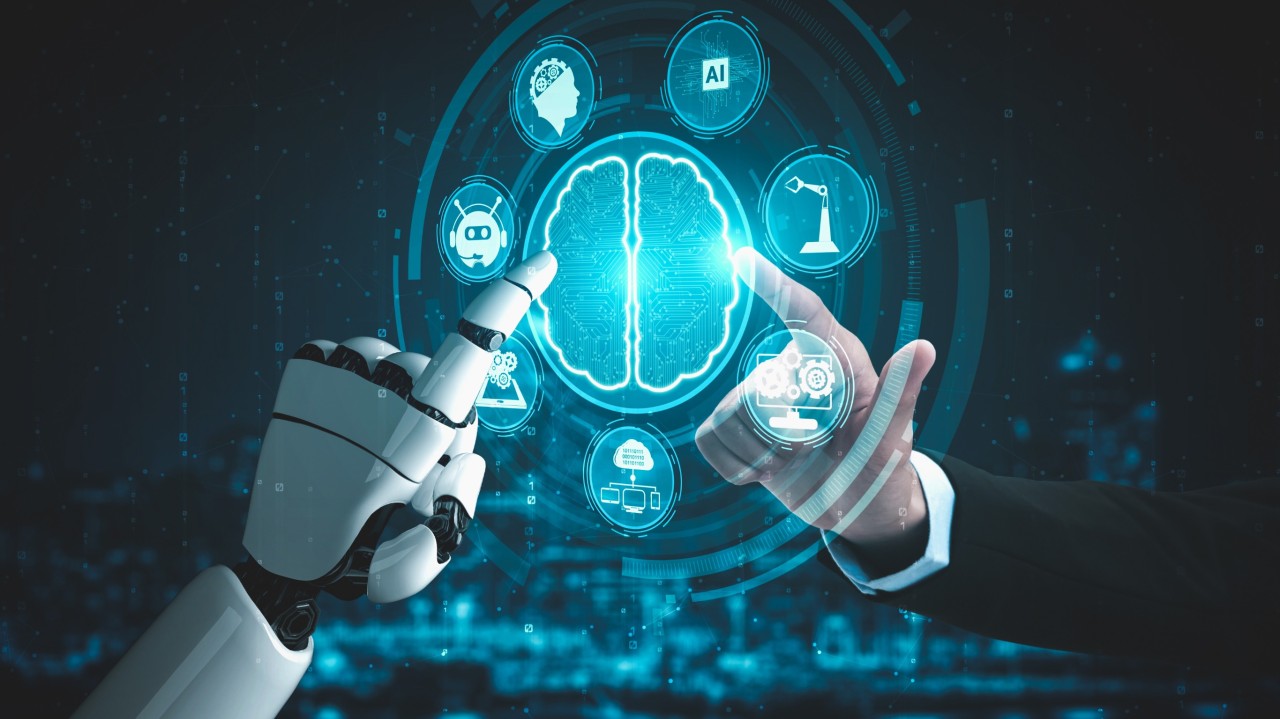In the realm of artificial intelligence, the fusion of natural language processing (NLP) and computer vision has birthed a remarkable innovation: AI image generator from text. This groundbreaking technology allows users to describe scenes, objects, or concepts using natural language, which are then translated into vivid, photorealistic images by AI algorithms. This article explores the workings of AI image generators, their applications across various fields, and addresses common questions about their implications and limitations.
How AI Image Generators Work
AI image generators leverage advanced deep learning models, often based on variations of generative adversarial networks (GANs) or transformer architectures like OpenAI’s GPT (Generative Pre-trained Transformer). These models are trained on vast datasets of images paired with corresponding textual descriptions. Through this training, the AI learns to interpret and visualise textual descriptions, generating images that closely match the input descriptions.
The process typically involves:
- Text Input: Users provide descriptive text prompts such as “a serene sunset over a tranquil lake” or “a futuristic cityscape with flying cars.”
- Model Interpretation: The AI model analyses the text to understand the scene, objects, colours, and spatial relationships described.
- Image Generation: Based on its understanding, the model generates an image pixel by pixel, aiming to faithfully represent the textual description.
Applications Across Industries
The applications of AI image generators are vast and transformative:
- Creative Industries: Artists, designers, and storytellers can quickly visualise their ideas without needing advanced drawing skills.
- E-commerce: Product descriptions can be enhanced with realistic images even before physical prototypes are created.
- Education and Training: Complex concepts can be illustrated visually, aiding comprehension and learning.
- Entertainment: Video game developers can rapidly create detailed environments and characters based on narrative descriptions.
Benefits and Challenges
Benefits:
- Efficiency: Rapid creation of visual content reduces time and costs.
- Creativity: Enables exploration of diverse visual concepts and scenarios.
- Accessibility: Democratizes visual content creation, making it accessible to non-artists.
Challenges:
- Accuracy: Generating highly specific or nuanced images accurately remains challenging.
- Ethical Concerns: Potential misuse for generating misleading or inappropriate content.
- Training Data Bias: Models may replicate biases present in training datasets.
Free AI Art Generator
For those interested in exploring AI image generation without cost, free AI art generators provide accessible platforms. These tools allow users to experiment with generating images from text prompts without financial barriers, fostering creativity and exploration.
Conclusion
AI image generators from text represent a significant advancement in AI capabilities, merging linguistic understanding with visual creativity. As these technologies evolve, they promise to revolutionise how we create and interact with visual content across various domains. However, ongoing research is crucial to address technical challenges and ethical considerations associated with their deployment.
FAQs
Q1: Can AI image generators replace human artists?
AI image generators can assist artists in visualising concepts but are unlikely to fully replace human creativity and interpretation.
Q2: Are there limitations to the types of images AI can generate?
Currently, AI excels at generating realistic images based on common scenarios but may struggle with highly abstract or subjective descriptions.
Q3: How can businesses integrate AI image generators into their workflows?
Businesses can integrate these tools for rapid prototyping, personalised marketing visuals, and enhanced customer engagement through interactive content.








